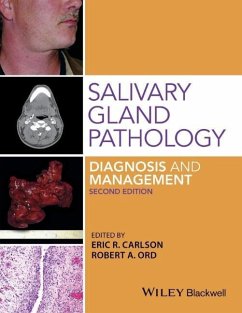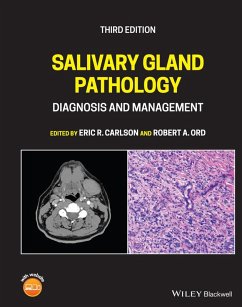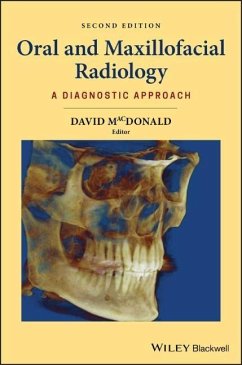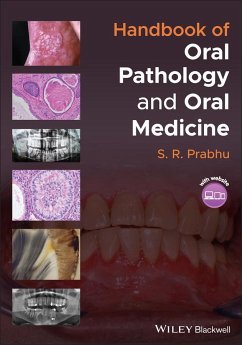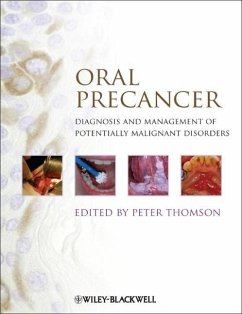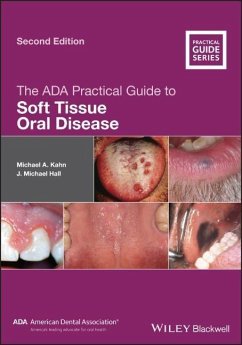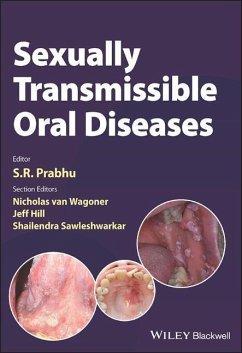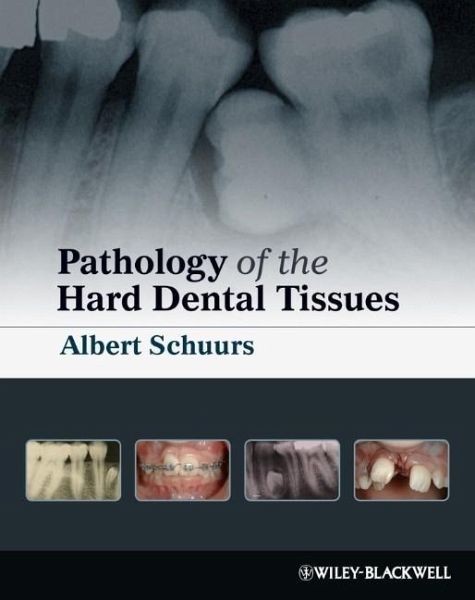
Pathology of the Hard Dental T
Versandkostenfrei!
Versandfertig in über 4 Wochen
190,99 €
inkl. MwSt.
Weitere Ausgaben:

PAYBACK Punkte
95 °P sammeln!
This is a seminal text uniquely dedicated to oral hard tissue pathology, presenting the growth of clinical knowledge and advancement in the field in recent years.
Dieses konkurrenzlose Fachbuch zur Pathologie des Zahnhartgewebes präsentiert neben unzähligen Erkenntnissen aus der klinischen Praxis und Fortschritten auf dem Gebiet auch laborrelevante Daten, therapeutische und präventive Ansätze.



